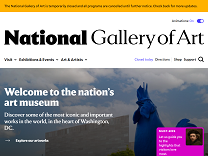Plate 10: Brown Hairstreak, Silver-Washed Fritillary, and Clouded Yellow Butterflies on a Four-o‘-Clock Flower by Joris Hoefnagel https://www.nga.gov/artworks/69671-plate-10-brown-hairstreak-silver-washed-fritillary-and-clouded-yellow-butterflies-four-o-clock
(his sale, Sotheby’s‘ London, 15 July 1946, no. 2216); (The Rosenbach Company, Philadelphia

